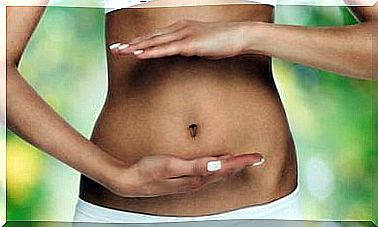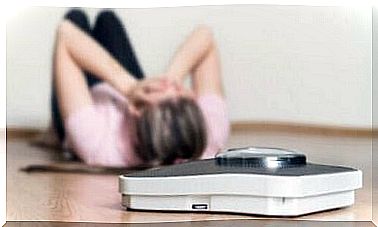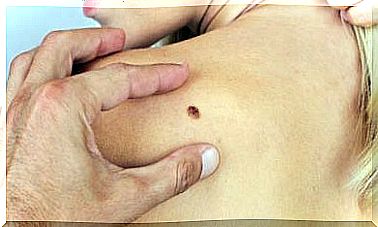Jaundice In Babies: What You Should Know

Fear and doubt in parents with newborn babies is so prevalent that any rash or symptom can worry them. In the case of jaundice in babies, however, one should know that it is not something to worry about.
Still, one should keep an eye on it so that it does not become an extreme condition. In this article, you will be able to find more information about jaundice in babies as well as advice on how to act so that it does not get worse.
The causes of jaundice in babies
The definition of jaundice is “yellowish skin and mucous membranes”. Bilirubin, a substance that appears when the number of red blood cells decreases, is usually the cause. A blood test is the best way to find out the exact levels.
However, yellowish skin in a baby is not a serious condition when the levels of bilirubin are not too high. When they are, the baby has hyperbilirubinemia, and needs to be hospitalized. This is to control and monitor.
Treatment
Now that you know that jaundice in babies is not a serious condition, you need to know how to deal with it. All you have to do is follow some basic procedures:
- Keep an eye on your baby’s meals. If you are breastfeeding, it will be a little more complicated to ensure adequate milk intake. Breastfeeding-related jaundice is rare and usually occurs one week after birth. Only pediatricians can evaluate the baby and say whether they should stop breastfeeding for a day or two.
- Home light treatment. This is a technique used in the hospital in the treatment of hyperbilirubinemia. If they do not need to be hospitalized, then one can do it at home. All you have to do is expose your baby to sunlight for ten minutes a day. One must ensure that they do not get sun in the eyes and this should be done when the sun is not strong, for example in the morning. This should only be done in consultation with a nurse or doctor.
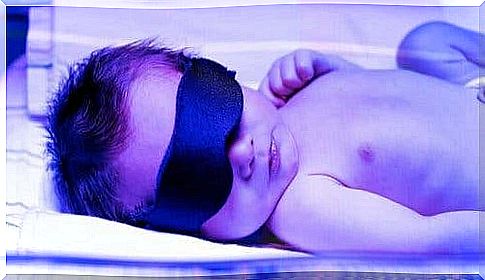
Identify possible risk situations
As we mentioned above, jaundice in babies is quite common, so there is no need to worry. However, one should be aware of certain signs that need medical evaluation:
- Early onset of jaundice: If the color is present from the first day after birth, then the pediatrician will take a blood sample to examine it.
- Jaundice in babies can last the first two weeks of a baby’s life. This is the period of time in which the liver will have to adapt before it begins to function as it should.
Complications of jaundice in babies
As bilirubin levels rise, they invade brain cells. Thus, they alter metabolism and neural function. Doctors refer to this as kernicterus. To prevent this, talk to a pediatrician so they can look at your baby’s jaundice a week after birth.
The pediatrician will perform the appropriate tests to evaluate bilirubin levels. If the values are extreme, then the baby will be hospitalized to receive light therapy.
Procedure for light treatment at the hospital
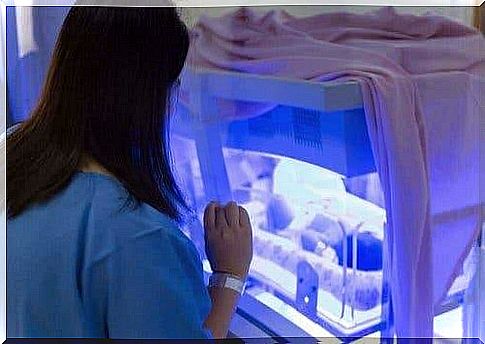
A newborn who needs light therapy will need to be hospitalized for several days. In most cases, you are allowed to be with the baby around the clock. However, it is also important to take some breaks to rest at home.
Nurses in neonatal wards can provide basic care to neonates with hyperbilirubina anemia. The recommendations of the specialized staff must be followed. Also, do not stop breastfeeding your baby. However, follow the indications of the hospital staff to do so.
Conclusion
Changes in the skin as a result of jaundice during the first days of a newborn’s life are normal. However, it is important to keep an eye on it and go to your doctor if you notice any changes or it does not go away.






